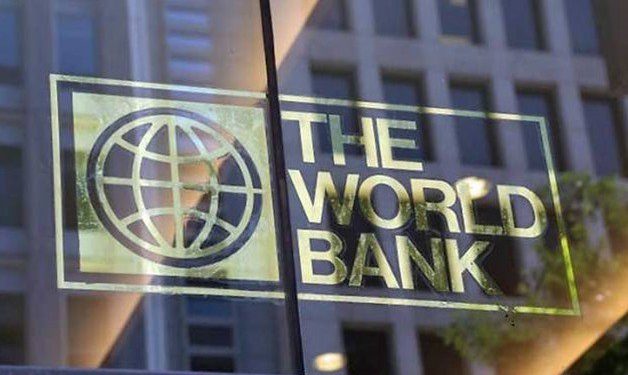World Bank Identifies 3 Strategic Transitions for Countries to Break the Middle-Income Trap
The World Bank’s 2024 World Development Report lays out a stark reality for the 108 middle-income countries (MICs) currently in a race to escape the so-called middle-income trap. According to the report, these nations must undergo two critical transitions to move beyond their current status and achieve high-income status.
The first shift is from a strategy centred solely on investment, referred to as “1i”, to a more sophisticated “2i” approach, which integrates investment with the infusion of foreign technologies and their domestic dissemination. Only after navigating this initial transition can countries move to the final stage, a “3i” strategy that incorporates innovation alongside investment and technological diffusion.
South Korea serves as a model for this progression. In 1960, its per capita income stood at just $1,200. Following decades of robust public and private investment, South Korea moved into a second phase in the 1970s, marked by aggressive adoption of foreign technologies and an industrial policy aimed at enhancing domestic production methods. By the close of 2023, the country’s per capita income had soared to $33,000, exemplifying the success of this three-phase strategy.
However, for most middle-income nations, progress has been far more elusive. Although many have escaped low-income status since the 1990s, the broader picture is less encouraging. Of the 108 middle-income economies today, only 34 have transitioned to high-income status over the past three decades. As these countries look ahead, the challenge is not just sustaining growth but accelerating it, leveraging a mix of investment, technology, and innovation to avoid being permanently stuck in the middle.








